By Dannielle Maguire
3/23/2021
YOUTUBE Footage from another ship shows dozens of other vessels waiting to enter the canal.
A 400-metre-long container ship is holding up traffic in the Suez Canal after becoming wedged sideways as it passed through the major shipping route.
The Ever Given attempted to pass through the canal while en route to Rotterdam, Netherlands but ran aground at about 6:00am Tuesday, local time, according to a report from maritime website Fleet Mon.
"As of 1440 UTC March 23, the giant ship was still aground with tugs attempting to refloat her," the website reported.
'That ship is super stuck'
An image posted to Instagram by Julianne Cona from a nearby ship shows the Ever Given almost completely sideways in the narrow canal.
"From the looks of it that ship is super stuck," she said in a comment.
"They had a bunch of tugs trying to pull and push it earlier but it was going nowhere. There is a little excavator trying to dig out the bow."
Data from public shipping tracker website Vessel Finder showed several tug boats still attempting to manoeuvre the vessel, owned by Taiwanese shipping company Evergreen, some eight hours after the photo was posted to Instagram.
The incident attracted attention on social media, with some comparing the situation to a scene from one of the Austin Powers films.
Austin Powers GIF(GIPHY)
It's unclear what caused the ship to run aground.
The Ever Given is 400 metres long and 59 metres wide.
The lane's water surface width is 313 metres, but the Suez Canal Authority says the navigation channel is between 200 and 210 metres wide.
It usually takes between 12 and 16 hours for a ships to transit through the canal.
A major traffic jam
The Suez Canal is a major shipping lane as it's the fastest route between Europe and Asia.
A snapshot from Vessel Finder show dozens of other vessels waiting to travel through the canal.
Tanker Trackers, yet another maritime tracking site, tweeted an animation of the flow of traffic leading up to the blockage:
"[It] has now blocked off a lot of fully-laden tankers from traversing in either direction," the tracking company tweeted.
"Tankers carrying Saudi, Russian, Omani and US oil are waiting on both ends."
 Otherworldly ... That Cloud Never Left
Otherworldly ... That Cloud Never Left
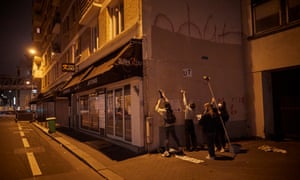


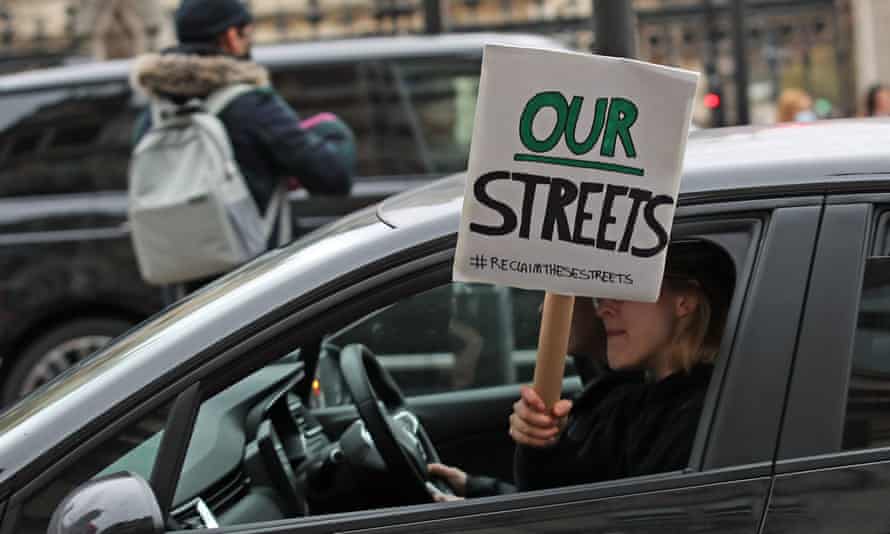


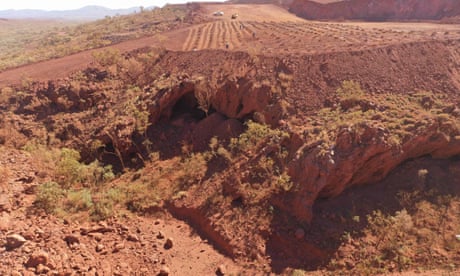




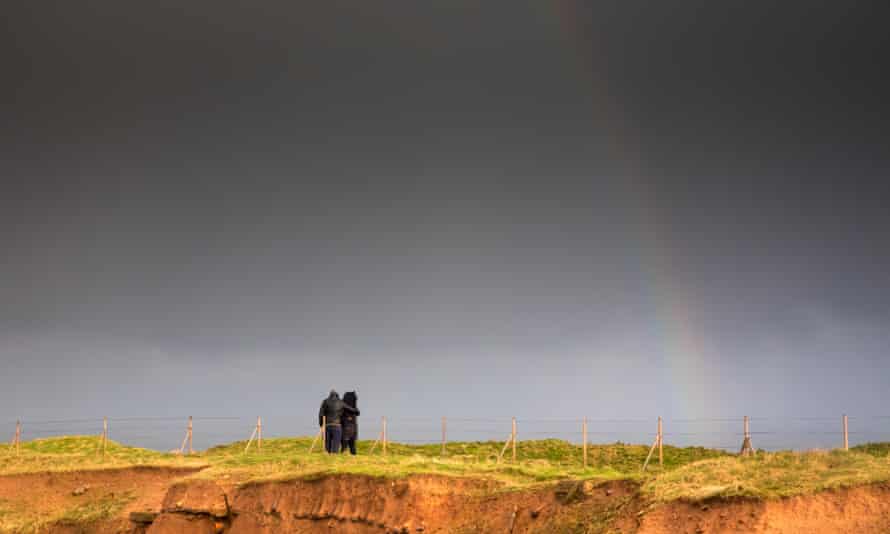






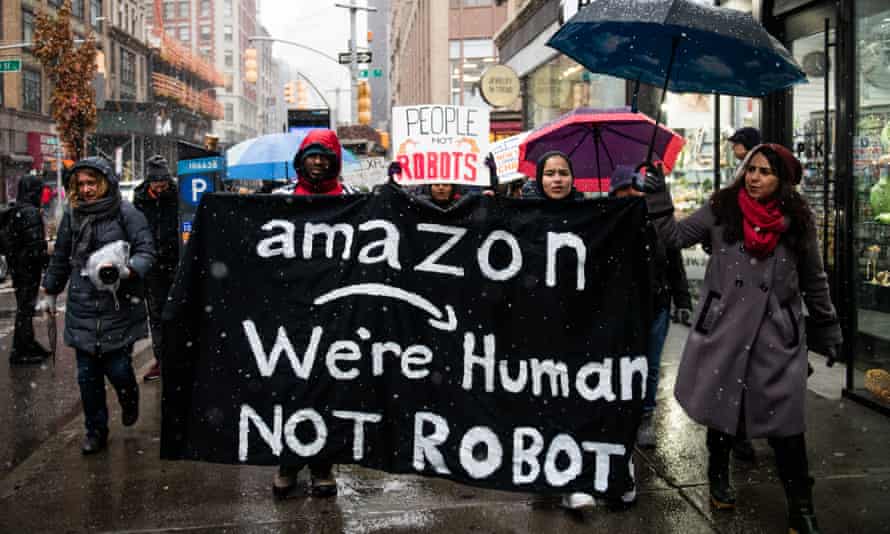 ‘
‘